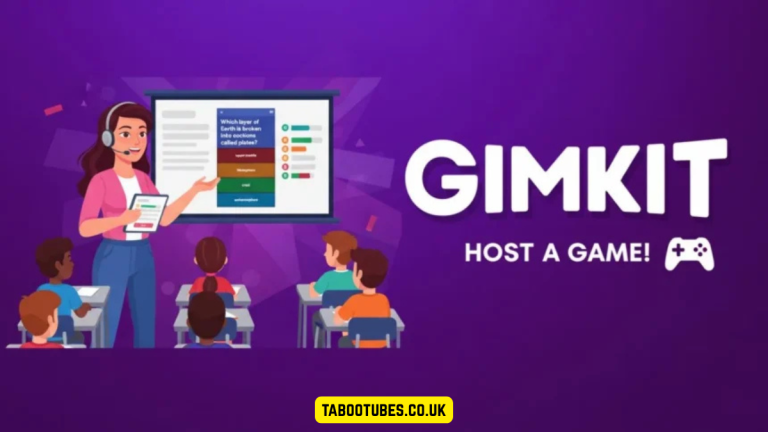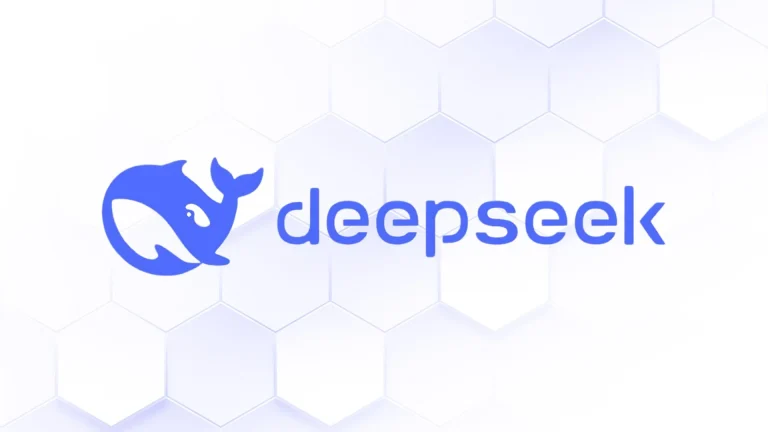In Pakistan, confirming that a SIM card is registered under the correct identity is crucial. With increasing cases of fraud, fake calls, and identity misuse, knowing how to check SIM owner details can protect you from legal and personal risks. While many online sources offer shortcuts, not all are safe or legal. This guide explains the correct ways to verify SIM ownership, avoid scams, and ensure your identity is secure.
Why Checking SIM Owner Details Matters
- Identity Protection: SIMs must be registered with a valid CNIC and biometric verification. Unauthorized SIMs under your CNIC can lead to misuse or criminal liability.
- Preventing Fraud and Harassment: Unknown or suspicious calls may come from SIMs registered under your identity illegally. Verifying ownership protects you.
- Compliance with Regulations: The Pakistan Telecommunication Authority (PTA) requires valid registration to reduce crimes involving unregistered SIMs.
Legal & Official Methods to Check SIM Owner Details
1. SMS Code (668) by PTA
- Send your CNIC number (without dashes) via SMS to 668.
- You will receive a list of all SIM numbers registered under your CNIC.
- This method is free and works across all mobile networks.
2. Telecom Operator Portals or Apps
- Major network operators like Jazz, Telenor, Zong, and Ufone provide apps or portals to check SIM registration.
- You can verify if the SIM is linked correctly to your CNIC and review all registered SIMs.
3. In-Person Verification at PTA or Telecom Centers
- Visit a local PTA center or your network operator’s customer service branch.
- Bring your CNIC and SIMs in question for verification.
- Staff can provide official confirmation and advice for any unauthorized SIMs.
What to Avoid: Unofficial & Risky Methods
- Third-party “SIM owner lookup” websites or apps: Most are inaccurate or illegal.
- Location tracking or “live SIM trackers”: Public use of these services is not legal.
- Sharing your CNIC or SIM info on insecure platforms: Can lead to identity theft or fraud.
Using these methods may violate privacy laws and could lead to serious consequences. Always rely on official channels.
Best Practices
- Use PTA SMS 668 or official telecom apps for checking SIMs under your CNIC.
- Regularly review all SIMs registered under your identity.
- If you find unauthorized SIMs, immediately report them to your operator or PTA.
- Avoid all unofficial lookup services to protect your privacy and comply with the law.
Read More: Internet Chicks: Rise of Digital Women Influencers
Conclusion
Verifying SIM ownership in Pakistan is essential to protect your identity, prevent fraud, and comply with regulations. The safest methods are using the PTA SMS service (send your CNIC to 668), official operator portals, or visiting authorized service centers. Avoid unverified websites and apps, as they can be scams or illegal. By following official methods, you ensure your SIMs are properly registered and your digital identity remains secure. Your safety and compliance with the law should always come first.
FAQs
- Can I check the SIM owner using only the mobile number?
No. Official methods only allow verification of SIMs registered under your own CNIC. - What if I find unknown SIMs under my CNIC?
Report immediately to your network operator or PTA to block unauthorized SIMs. - Are third-party SIM owner websites safe?
No. They are often scams, inaccurate, and may violate privacy laws. - Is sending CNIC to 668 free and valid for all networks?
Yes. It works across all Pakistani telecom networks without any charge. - Can I check SIM details using someone else’s CNIC?
No. Accessing SIMs under another person’s CNIC without consent is illegal.









